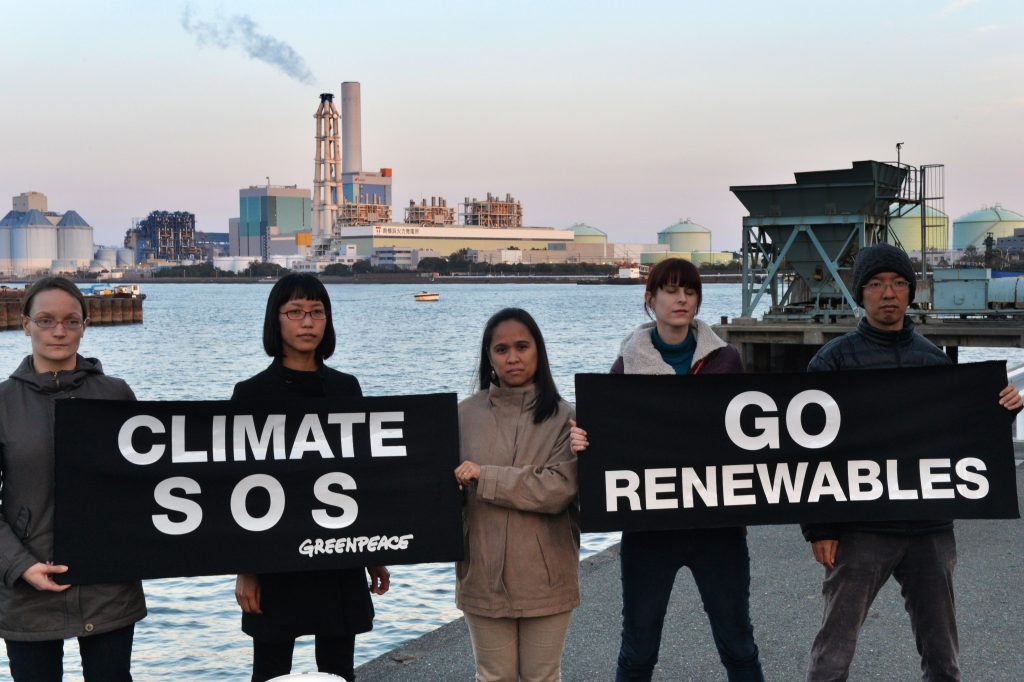
- ARAB NEWS
- 01 Jul 2025

Arab News Japan
Tokyo: Greenpeace Japan estimated in a report a USD $205 billion opportunity for renewable energy finance in Southeast Asia in the next ten years – 2.6 times bigger than the coal market of the past decade.
“From 2009 to 2019, major public banks in China, Japan, and South Korea invested only USD $9.1 billion in solar and wind, but USD $78.9 billion in coal and gas, making them top public financiers of fossil fuels globally. But this started to shift in 2020, as did national climate commitments from these G3 countries, the report said.
The report, that was released today (15 December) quoted Insung Lee, Greenpeace Japan’s climate and energy team project manager, as saying that these three East Asian countries are top global energy investors, with established ties in Southeast Asia. “But coal finance is drying up and banks are struggling to get a grip on clean energy finance. The climate crisis depends heavily on the flexibility and ingenuity of East Asian finance. And state-backed public development banks once again need to play the trailblazer role to engage new markets.”
The Greenpeace report found that from 2021 to 2030, Southeast Asian demand for electricity will need invested capital worth USD $125.1 billion for solar energy, USD $48.1 billion for wind energy, and USD $32.6 billion forto other renewable energy sources.
Additionally, Southeast Asia’s emerging green bonds market is making an international shift away from fossil fuel finance, both public and private.
China, Japan, and South Korea have yet to confirm that net-zero commitments apply to their overseas finance.
“East Asian finance will be as important for renewable energy in Southeast Asia as it was for coal. Over the past two decades, we’ve seen East Asian banks skew the margins towards coal to keep the fossil fuel profitable despite ballooning financial risk. Over the next decade, we’ll see them apply the same ingenuity to unlock renewable energy from the restrictions of their own financial framework,” said Lee.
Currently, 72% of all solar PV investment in Southeast Asia comes from within the region, despite East Asia being a major energy investor. This is the case even for booming solar PV markets like Vietnam. Innovation in financial tools is also increasingly coming from the local context, and green bonds and other locally-tailored financial tools, like solar auctions and feed-in-tariffs, will be key factors to market growth.